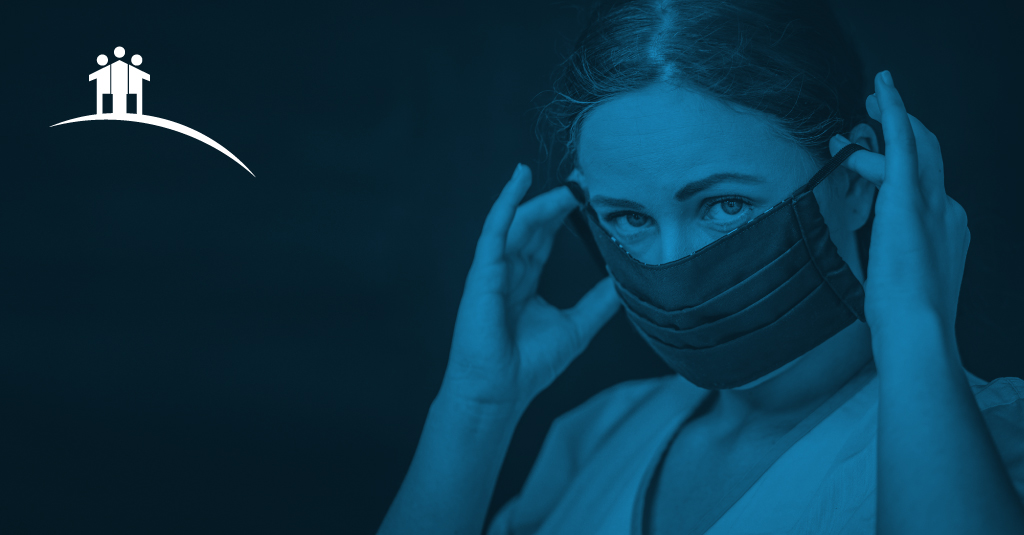We want you to remain safe and healthy in your community. To help reduce the spread of COVID-19, it is important to have a properly fitting mask. The Centers for Disease Control and Prevention (CDC) recommends everyone wear a mask in public settings and when around people who don’t live in your household.
There are many different types of masks. Some masks fit better than others. Below you’ll find general mask safety practices and tips to ensure your mask fits properly.
General Safety Practices
- Masks should fit snugly against your face. Masks with gaps around the edges are not as effective.
- Avoid touching the front of the mask. Only touch the ear loops/ties/bands.
- Wash your hands before and after putting on and removing your mask.
- Inspect the mask for damage and possible contamination before each use.
- Masks should only be worn by a single user. Do not share masks.
Proper Mask Fitting Tips
Most masks are one size fits all. For some people, this causes masks to fit loosely. Fortunately, loosely fitting cloth and surgical masks are easy to adapt. Click the links below for videos showing easy ways to modify your mask to fit properly.
If you’re still experiencing fitment issues after modifying your mask, you may want to consider making one that works for you. The CDC has provided simple instructions on how to make a mask at home with basic materials.
If you have further questions about properly fitting your mask, please visit the CDC’s website for the most up-to-date information.
